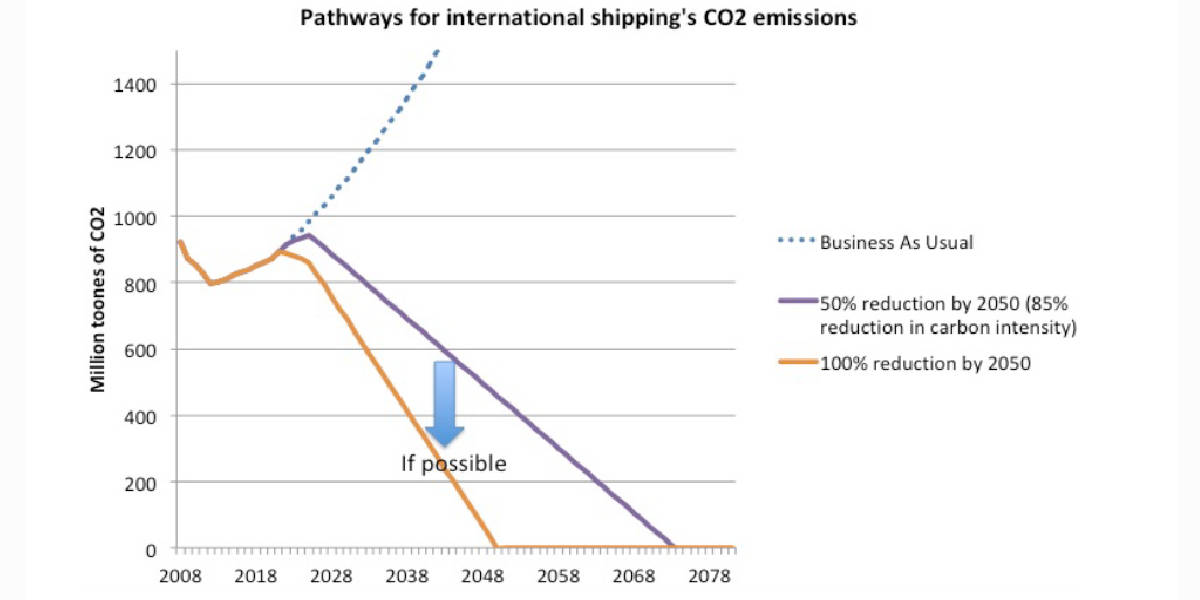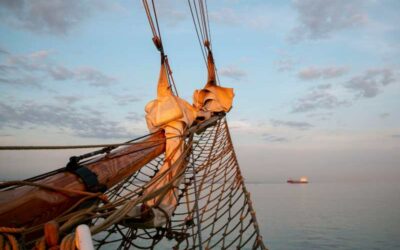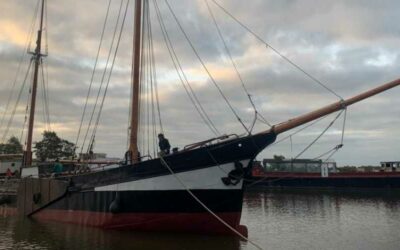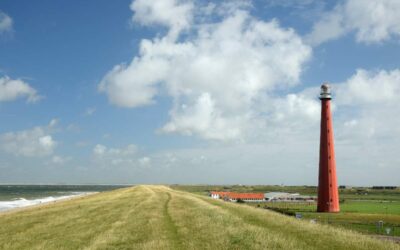The past weeks I realized more than ever how: “the times they are a changing” in the world of shipping. The developments in the emerging industry of cargo sailing ships are just the tip of an iceberg.
Tiny cracks are showing everywhere in the rather conservative world of shipping. Large corporations, governments and the media are picking up the scent of movement, our greater industry is in for a rude awakening, and not only economically!
Below our recent analysis of how things might develop.
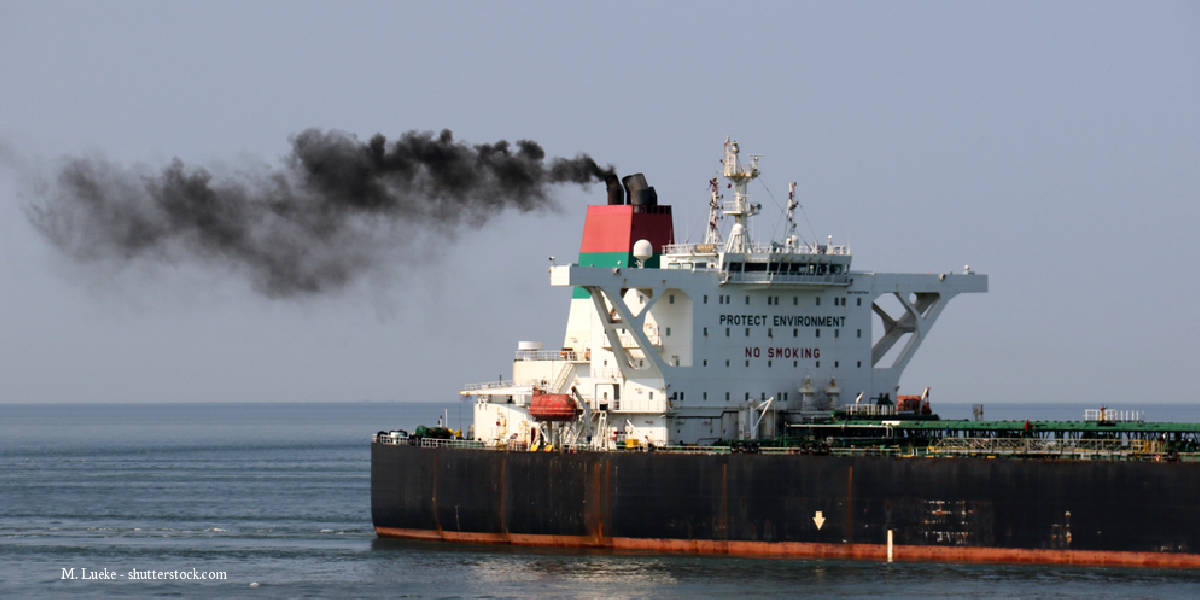
HOW SHIPPING IS IN FOR A BIG TRANSITION.
Currently three strong currents are pushing and pulling to disrupt the shipping industry. On one side, the general public, corporations and governments are starting to realize the dire impacts of shipping on climate chaos.
Then, innovations, like the internet of things, 3d printing and environmental awareness are moving our economies to a more local model. Last, people are starting to focus more on: true transparent and satisfactory lifestyles.
This brings together the perfect storm for disrupting the “business as usual” of shipping, and shifting the cards in favour of sustainable, smaller scale, high quality shipping solutions.
Graph Source : IMO.org
Dealing with climate change
Last May the International Maritime Organisation (IMO) cooperated together with the Norwegian government to launch GreenVoyage-2050. This program is aimed at supporting international shipping to achieve emission reductions by at least 50% by 2050 compared to 2008. GreenVoyage-2050 should involve participation from more than 50 countries of the world. Not much later Dutch shipping and maritime lobby organisations and the Dutch government signed a “Green deal”. This deal is aiming at, reducing the emissions of seagoing ships by 70% and making inshore vessels entirely emission free by 2050. Then, last week the Poseidon principles where launched, a framework of some of the world’s largest shipping banks: to promote decarbonization in international shipping.
Localisation of markets
If the introduction of the internet of things, Artificial Intelligence and 3D printing is taking off, as fast as some innovators and media would like us to belief, it will mean a new industrial revolution. It will make industries highly reconfigurable and capable of supporting many different customers for the production of their goods. Companies can start manufacturing in their local economies again, moving away from globalization and back to localization. Although raw materials still need to be transported, this will cause a vast reduction of the shipping of manufactured goods. This trend will accelerate even more, if the environmental awareness of the general public, continues to grow at the same rate as previous years.
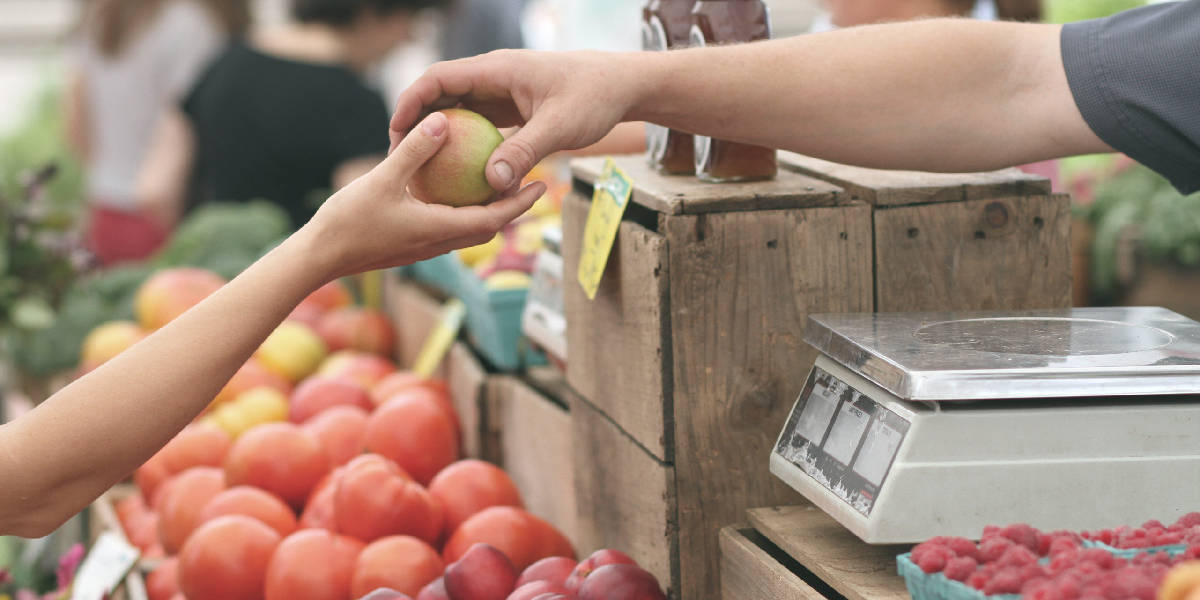
Search for true satisfaction
These days of fast paced technological innovations, bring a sense of emptiness or even depression, which can only be filled by real experiences, true emotions and stories which are transparent. As career and job opportunities are shifting, some occupations become more mundane, and stress levels are rising as never before, a shift is taking place where the importance of true satisfaction and meaning becomes really important. Like in other places of high adventure and natural surroundings, the key can be found at sea, especially when joining a small to moderate size emission free sailing cargo vessel.
Conclusion
Not long ago, business magazine Forbes pointed out that: in 2020 with IMO rules for emissions being implemented, freight rates might go up 10-20%. One shipping company: Maersk, estimates that it might have to pay $2 billion more in annual fuel costs. And these rising costs might just be a start, if shipowners are choosing for, or being forced to continue using cleaner fuels. Because of new innovations and a new industrial revolution, trade might become more regionalized as production turns back towards consumer countries.
These developments will mark the end of globalisation, in the sense of unlimited trade due to cost benefits. As awareness amongst us all rises, we might even realize that it is a good thing to shift from 90% imports to 90% local produce. All shipping, over sea, which is left over, so approximately 10%, should be transported by emission free vessels. To accomplish this, it would be most effective and efficient to use sailing cargo ships. As such, this will only speed up: a return of sail.
The time is right to become partner, so join EcoClipper News to receive frequent reports or contact us now.

Thanks for signing on,
Following seas and royals all the way!
Captain Jorne Langelaan
orignal post 30th june 202o – edited in 2023
More News
Last minute: Sail along Kingston upon Hull to Amsterdam!
Departure 19th of July2023: A last-minute option that will not only satisfy your wanderlust but also provide you with a unique and memorable experience.
Video: Sailing cargo vessel at anchor, Dunbar UK.
De Tukker: A 1912 coastal trader turned sail training vessel. Now part of the EcoClipper fleet, she sails cargo and travellers across seas.
De Tukker: A 1912 coastal trader turned sail training vessel. Now part of the EcoClipper fleet, she sails cargo and travellers across seas.
Carmen’s Adventure at Sea.
Join Carmen on her unforgettable sailing adventure aboard De Tukker. Discover the beauty of the sea and the joy of exploring new horizons.

